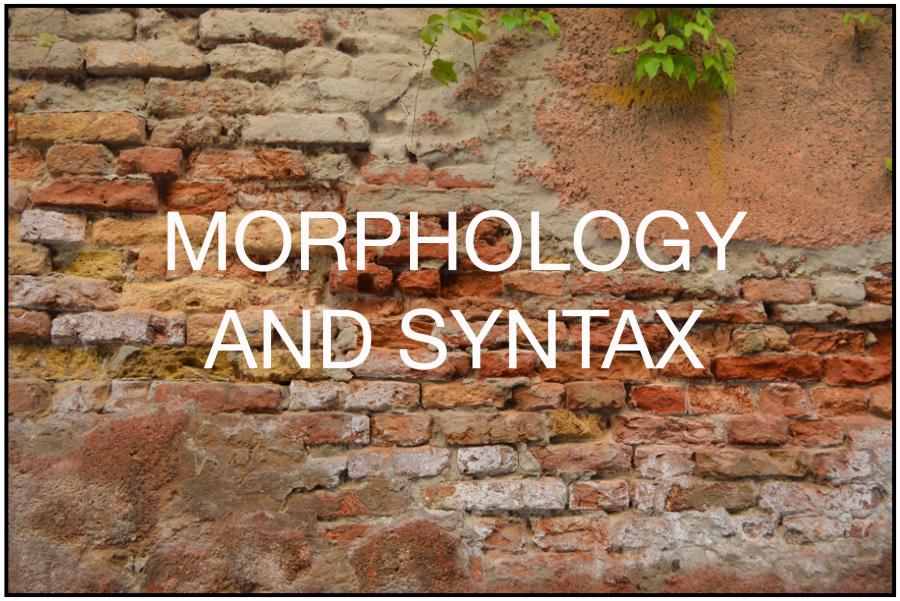Karlos Arregi (UChicago), What kind of movement is long head movement in Breton?
Asia Pietraszko and I have recently proposed a novel theory of head movement that attempts to unify a number of different constructions in several languages, including those that fall under the traditional purview of head movement (V-to-T, V1/V2) and others that don't, such as head lowering and do-support. One of the central arguments for this unification of what appears to be a diverse set of phenomena is the observation that they all obey the Head Movement Constraint, which restricts the operation to elements that are in a head-to-head-of-complement relation. As in other theories of head movement, the existence of long head movement (LHM) is problematic, as, by definition, it involves displacement of heads that violates the Head Movement Constraint by skipping intermediate heads. A common approach to LHM maintains that it is not a type of head movement proper, but is a type of phrasal movement (Internal Merge), as it involves movement to a specifier position (i.a. Vicente 2007, Harizanov 2019).
In current work, we're examining LHM in Breton (Anderson 1981, Schafer 1994, Roberts 2010, Jouitteau 2011), and its potential consequences for a general theory of head displacement. LHM in Breton is instantiated as V-fronting to first position in the clause (crossing auxiliaries and other intermediate heads). Interestingly, Breton also has VP-fronting to the same position, which makes this language a good testing ground for the hypothesis that LHM is a type of phrasal movement. Whereas previous literature discusses important differences between V-fronting and VP-fronting, what I'd like to discuss at this meeting is certain intriguing similarities and differences between the two constructions with respect to the way they are spelled out. In V-fronting, the fronted verb can be spelled out as (i) a single V copy in the fronted position, (ii) do-support, i.e. a fronted V copy plus auxiliary "do" in an unfronted position, or (iii) V-doubling, i.e. a fronted V copy plus another V copy in an unfronted position (which of these surfaces depends on grammatical context and dialect variation). This looks promising for a theory that assimilates LHM to phrasal movement, as this is exactly the range of spellout options we find for VP-fronting crosslinguistically. The problem is that VP-fronting in Breton does not behave this way, as it consistently surfaces with do-support, even in contexts in which V-fronting doesn't. Most of the presentation will concentrate on stating the puzzle from the point of view of our theory of head movement, and on discussing our failed attempts at solving the puzzle.

